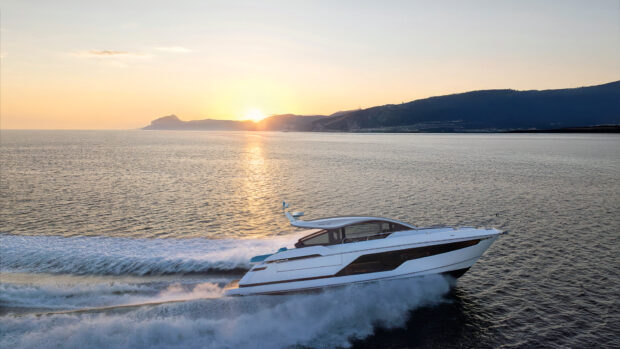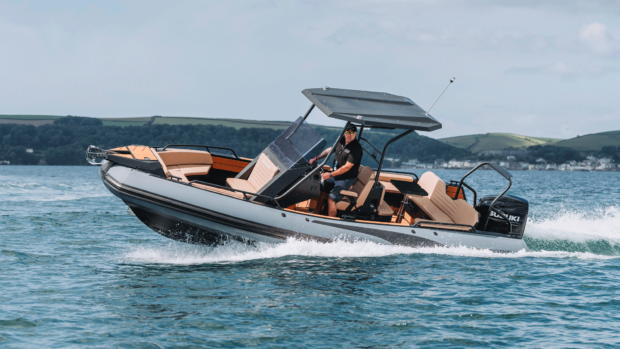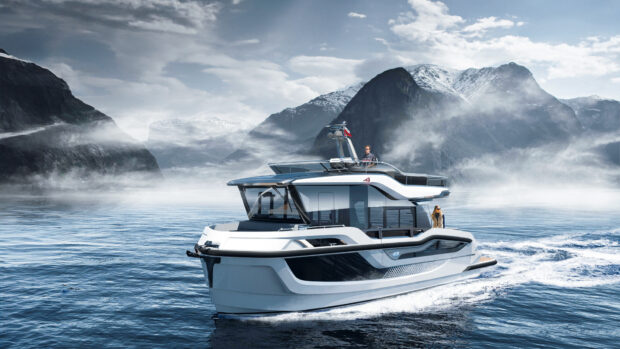Boaters are being blamed for the eradication of the largest colony of seahorses in British waters, but it doesn't tally with studies carried out on behalf of the government's Marine Conservation Zone programme
Hundreds of boats have been anchoring in Studland Bay near Bournemouth in recent weeks because of the hot weather, but the Seahorse Trust is claiming that their anchors and mooring chains have caused irreparable damage to the seahorses’ eel-grass habitat.
Studland Bay had been the only place in the country where two species of native seahorses – spiny and short-snouted – were thought to have lived, but Neil Garrick-Maidment, director of the Seahorse Trust, claims they have disappeared. “We have had experienced divers spend many hours looking for seahorses this year and they haven’t found any,” he said, “They have disappeared and this is absolutely disastrous.”
The Crown Estate, which owns the bay, has been in discussions with boatowners, the Seahorse Trust, Natural England and the Marine Management Organisation to try and find a way to keep the bay open to boats while protecting the seahorses. However, Mr Garrick-Maidment’s view is that it’s probably already too late.
“There is no doubt in my mind that the reason is the disintegration of the eel-grass beds caused by the chains and anchors,” he said. “If Studland Bay was on land and seahorses were great crested newts there would be hell to pay if nothing was done; a single newt has stopped developments before”.
However, despite Garrick-Maidment’s assertion, studies into the area to decide whether it would be recommended for designation in the first tranche of Marine Conservation Zones did not find compelling evidence of a link between anchoring and a detrimental effect on the local seahorse population, so Studland Bay has so far not been put forward.
More stories like this
Will Studland Bay become a no-anchoring zone?










